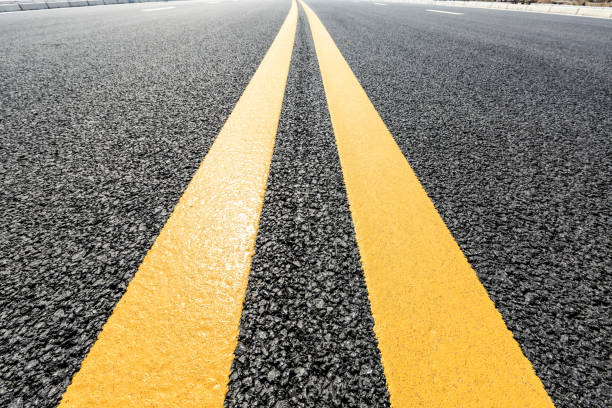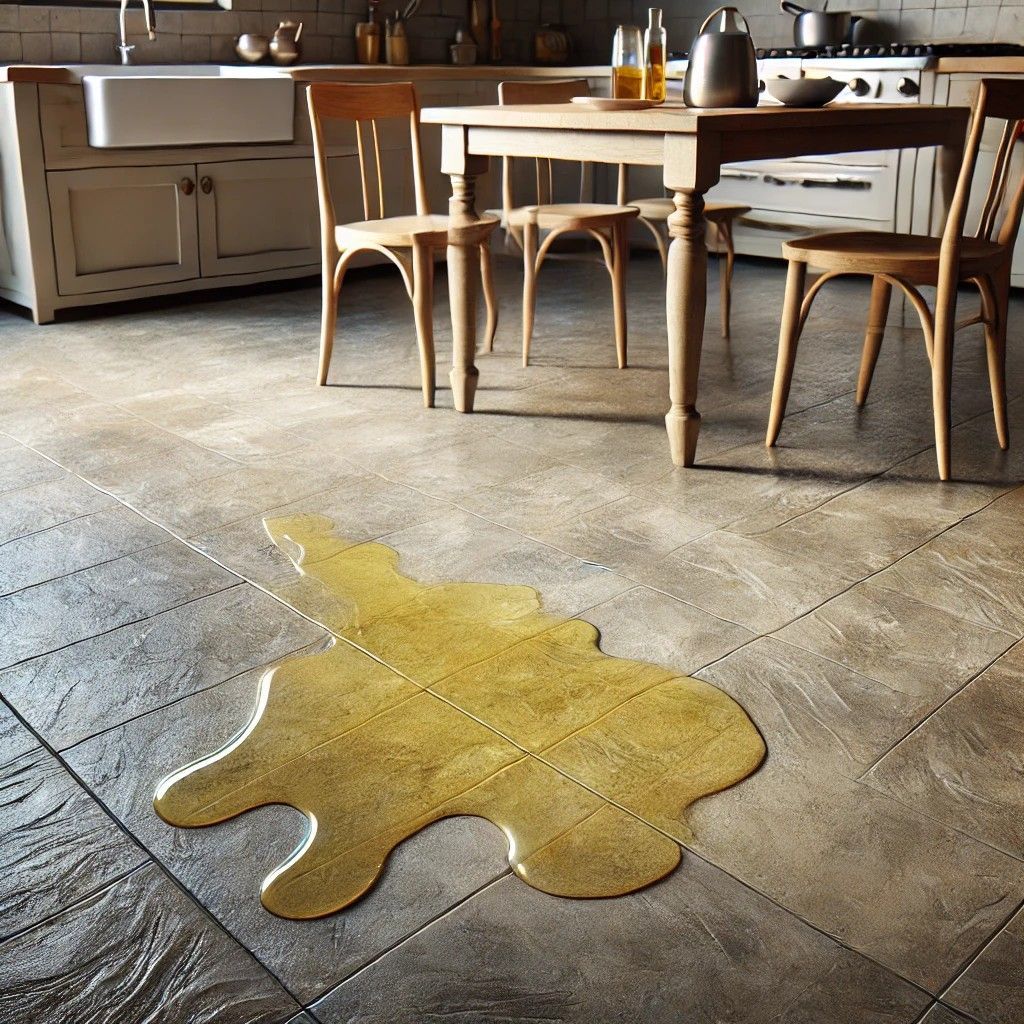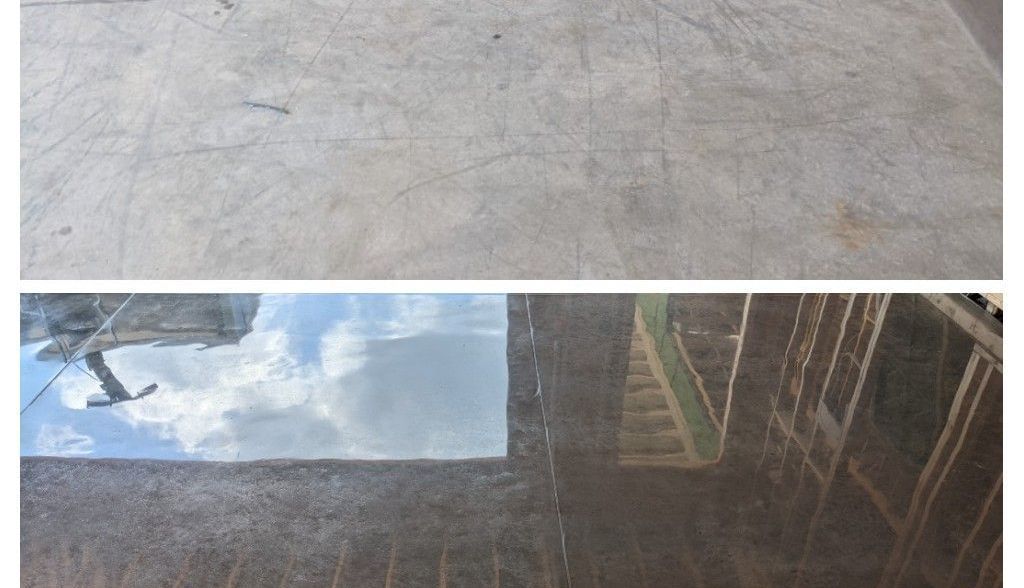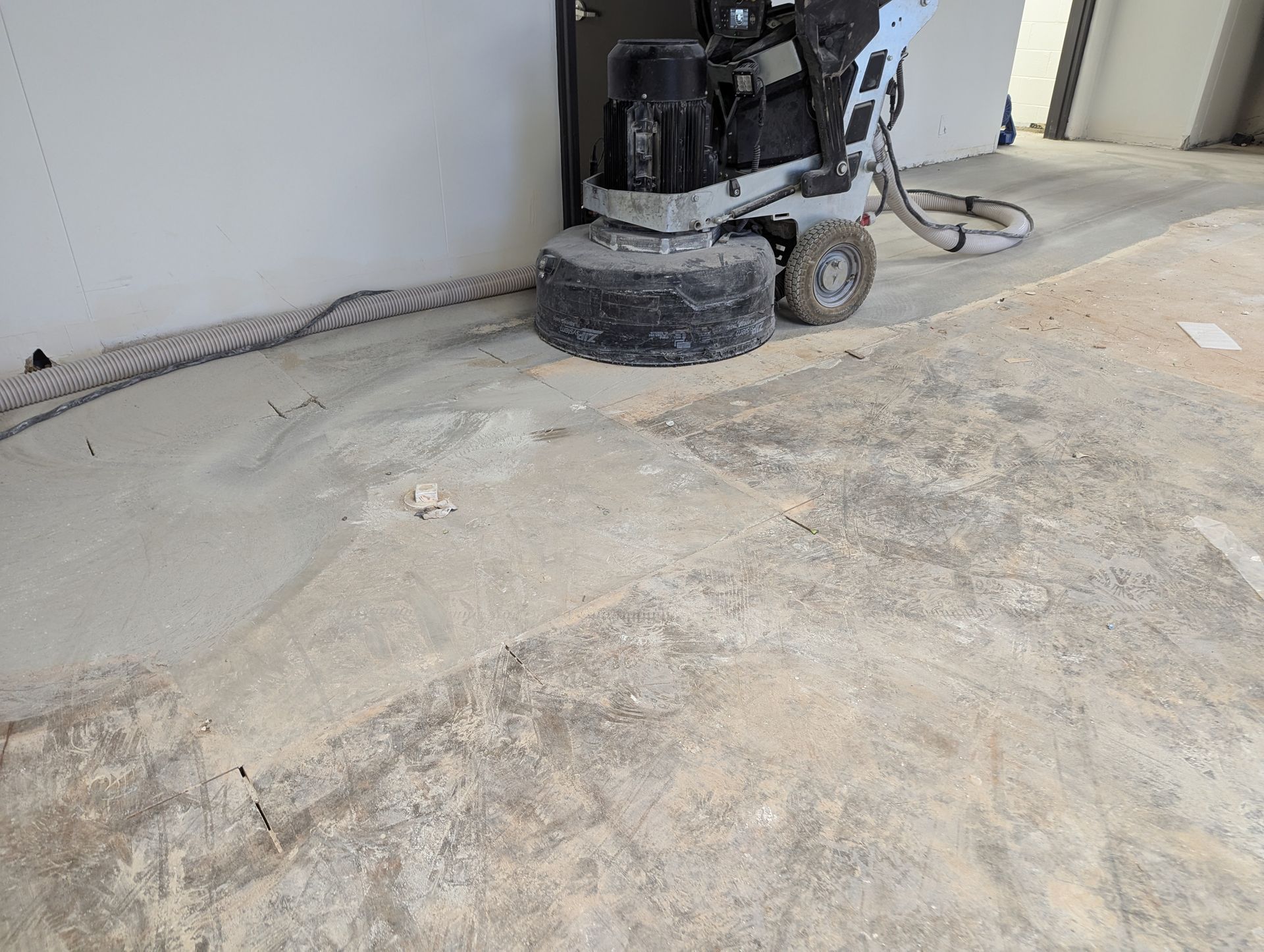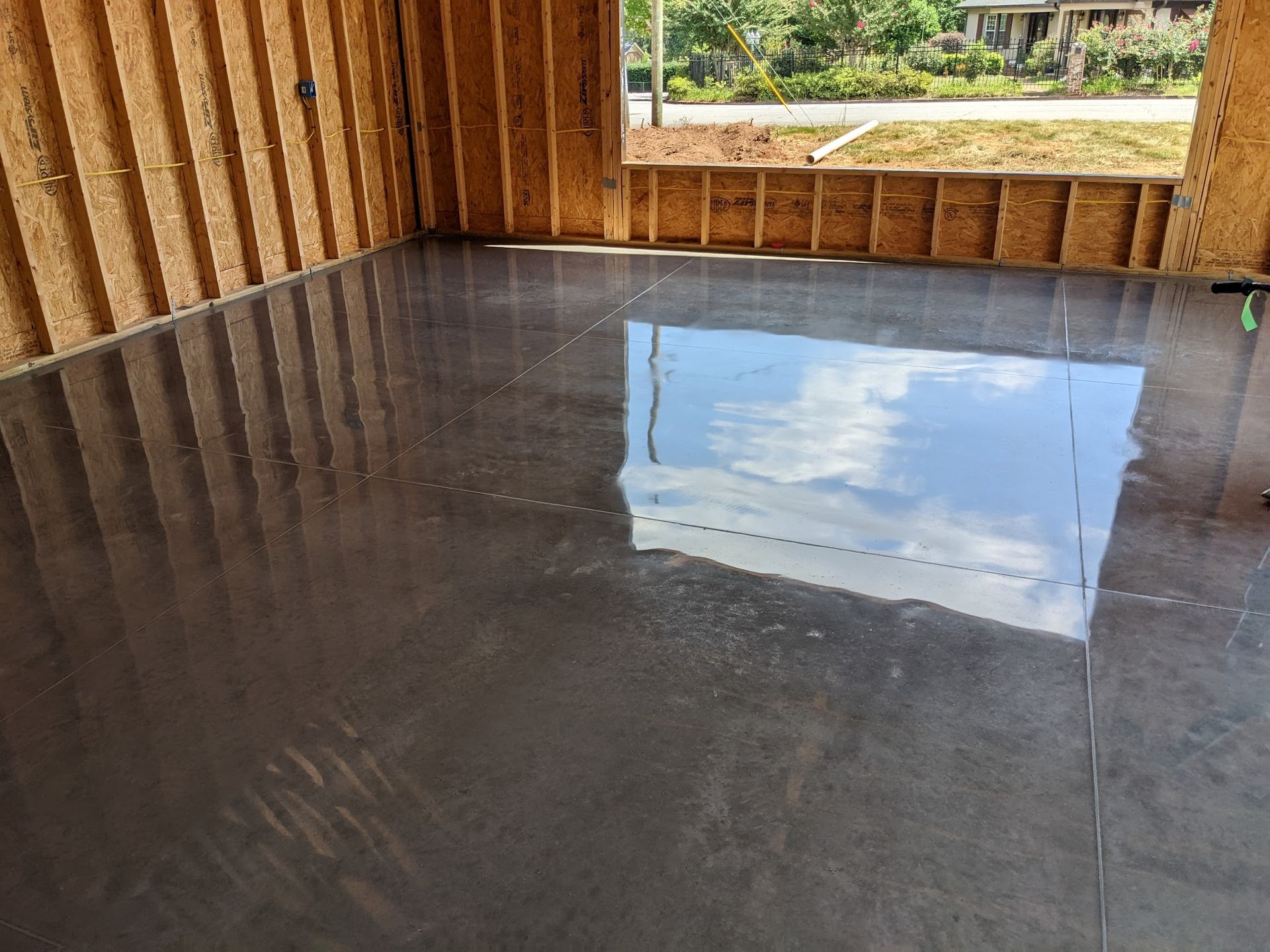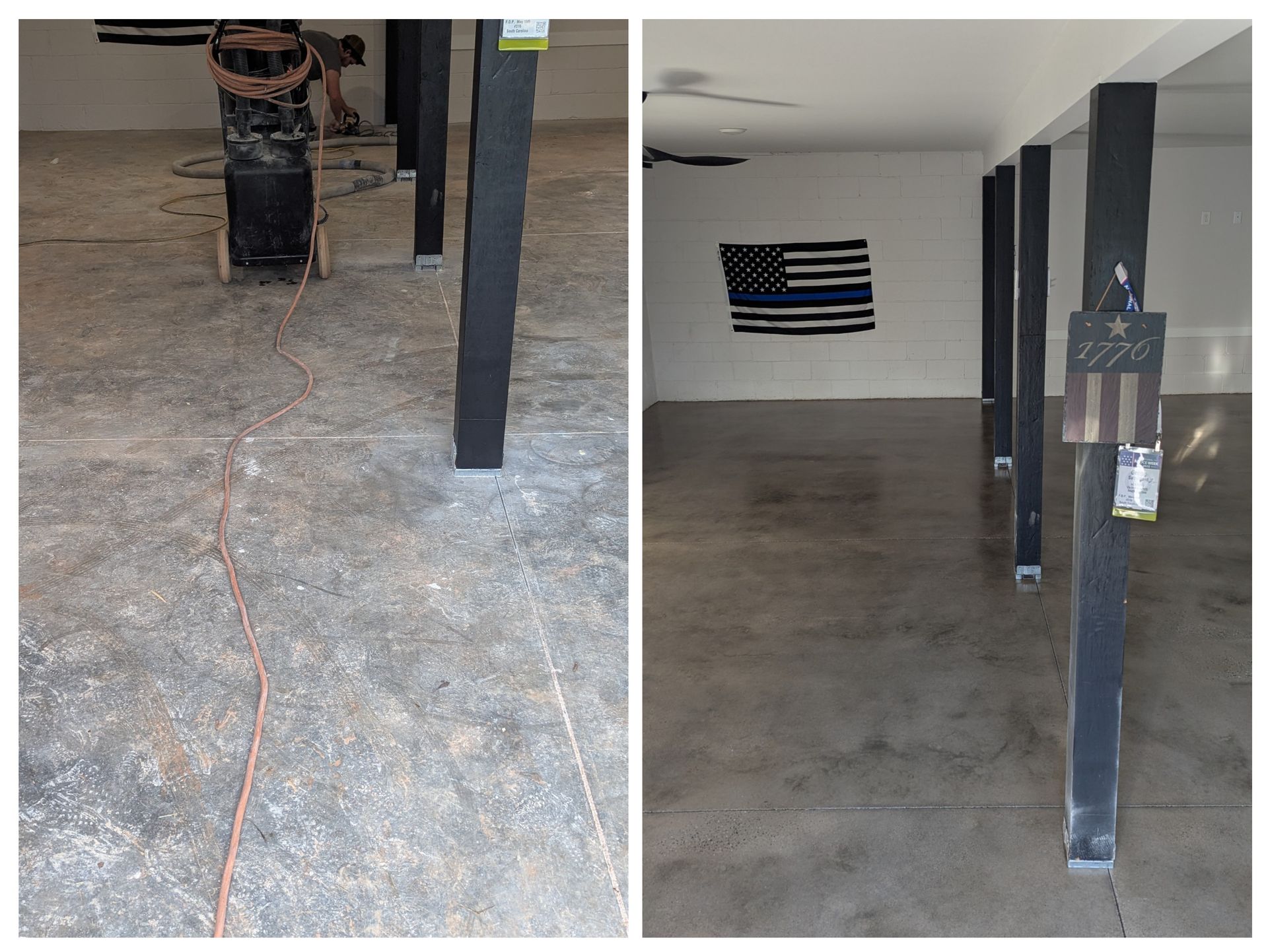Key Factors in Evaluating Concrete Overlay Maintenance Costs
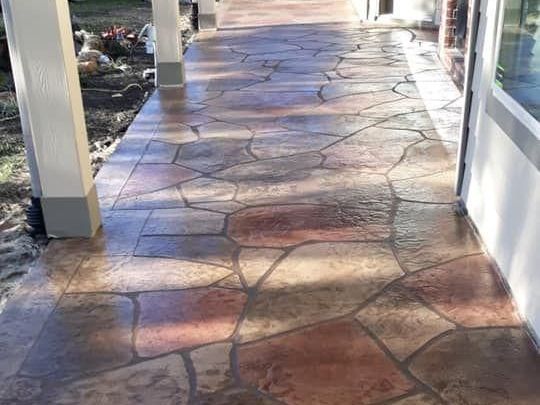
Concrete overlays are a great way to extend the life of your surfaces, but like anything else, they require maintenance. If you’re trying to budget for long-term care, understanding what drives these costs can help you plan ahead. Let’s break down the key factors that influence concrete overlay maintenance expenses and how to keep them under control.
Understanding the Core Components Influencing Concrete Overlay Maintenance Costs
Material Selection and Its Impact on Expenses
Not all concrete overlays are created equal. The type of material you choose has a huge impact on how much maintenance it will require—and how much that maintenance will cost. For example:
- Concrete overlays tend to be more durable and require less frequent upkeep.
- Specialty concrete overlays like decorative concrete can have unique maintenance needs, but they also offer long-lasting beauty.
Choosing the right material upfront can save you a lot in long-term maintenance.
Environmental Factors Affecting Maintenance Needs
Your location plays a big role in how often your concrete overlay needs attention. Extreme heat, freezing temperatures, or heavy rainfall can all impact its lifespan. Sun exposure can cause fading and cracking, while excess moisture can lead to erosion or mold growth. Knowing what your concrete overlay will be exposed to helps in scheduling necessary upkeep.
Traffic Patterns and Their Role in Cost Assessment
The more foot or vehicle traffic your concrete overlay sees, the more wear and tear it will endure. High-traffic areas—like driveways, patios, and commercial spaces—will need more frequent sealing and repairs than a lightly used backyard walkway. Planning for these costs ahead of time can prevent unexpected expenses.
Assessing Labor and Equipment Costs for Concrete Overlay Maintenance
Labor Rates and Their Variability Across Regions
Labor costs can differ depending on where you are. A maintenance job in a major city might be more expensive than in a rural area simply because of higher labor rates. It’s always good to get multiple quotes to ensure you’re paying a fair price.
Equipment Rental vs. Purchase Costs for Projects
If you’re handling concrete overlay maintenance yourself, you may need specialized equipment. Renting can be cost-effective for small projects, but if you need regular maintenance, investing in equipment might be the smarter move. Consider how often you’ll need the tools before deciding.
Examining Frequency and Timing of Maintenance Activities
How Seasonal Changes Impact Maintenance Scheduling
Maintenance timing is everything. Winter weather can make certain tasks impossible, while extreme summer heat might not be ideal for sealing concrete overlays. Planning maintenance during the right seasons can improve efficiency and reduce costs.
The Importance of Regular Inspections for Longevity
Regular checkups prevent small problems from turning into major repairs. A simple inspection can catch cracks, water damage, or loose sections before they become costly headaches. Scheduling inspections every few months can save thousands in long-term maintenance costs.
Investigating Different Concrete Overlay Types and Their Special Requirements
Understanding Specialty Concrete Overlays and Associated Maintenance Costs
Decorative concrete overlays, like
stained
or stamped concrete, may require resealing or special cleaners to maintain their look. While the upfront cost may be higher, their durability and aesthetic value often make them worth it.
Reviewing Historical Data for Previous Maintenance Expenditures
Using Past Project Costs for Accurate Budgeting
Looking at previous maintenance expenses can help you predict future costs. If an concrete overlay needed a repair two years ago, it might be due for another soon. Keeping records helps you budget efficiently.
Tracking Cost Changes Over Time to Identify Trends
Maintenance costs fluctuate. Material prices, labor rates, and environmental conditions all play a role. By tracking these changes, you can make smarter decisions about when to invest in repairs.
Identifying Best Practices for Streamlining Maintenance Processes
Implementing Efficient Scheduling to Minimize Downtime
Planning maintenance during low-traffic times prevents disruptions and speeds up the process. Businesses, for example, might schedule concrete overlay sealing after hours to avoid impacting customers.
Using Technology for Improved Tracking and Cost Management
There are apps and software designed to track concrete overlay maintenance schedules and costs. By using these tools, you can stay ahead of repairs and avoid unexpected expenses.
Q&A: Everything You Need to Know About Concrete Overlay Maintenance Costs
How often should a concrete overlay be resealed?
It depends on the material and traffic. Concrete overlays usually need sealing every 3-5 years.
Can I do concrete overlay maintenance myself?
For minor upkeep like cleaning or small crack repairs, yes. However, major resealing or resurfacing is best left to professionals to ensure longevity.
Is decorative concrete overlay maintenance expensive?
Not necessarily! While it may need resealing every few years, its durability and visual appeal often make it a cost-effective choice in the long run.
What’s the best way to budget for concrete overlay maintenance?
Track past maintenance costs, factor in environmental conditions, and schedule regular inspections to catch problems early.
Where can I get professional concrete overlay maintenance services?
For expert decorative concrete overlays and maintenance, Blastek has you covered!
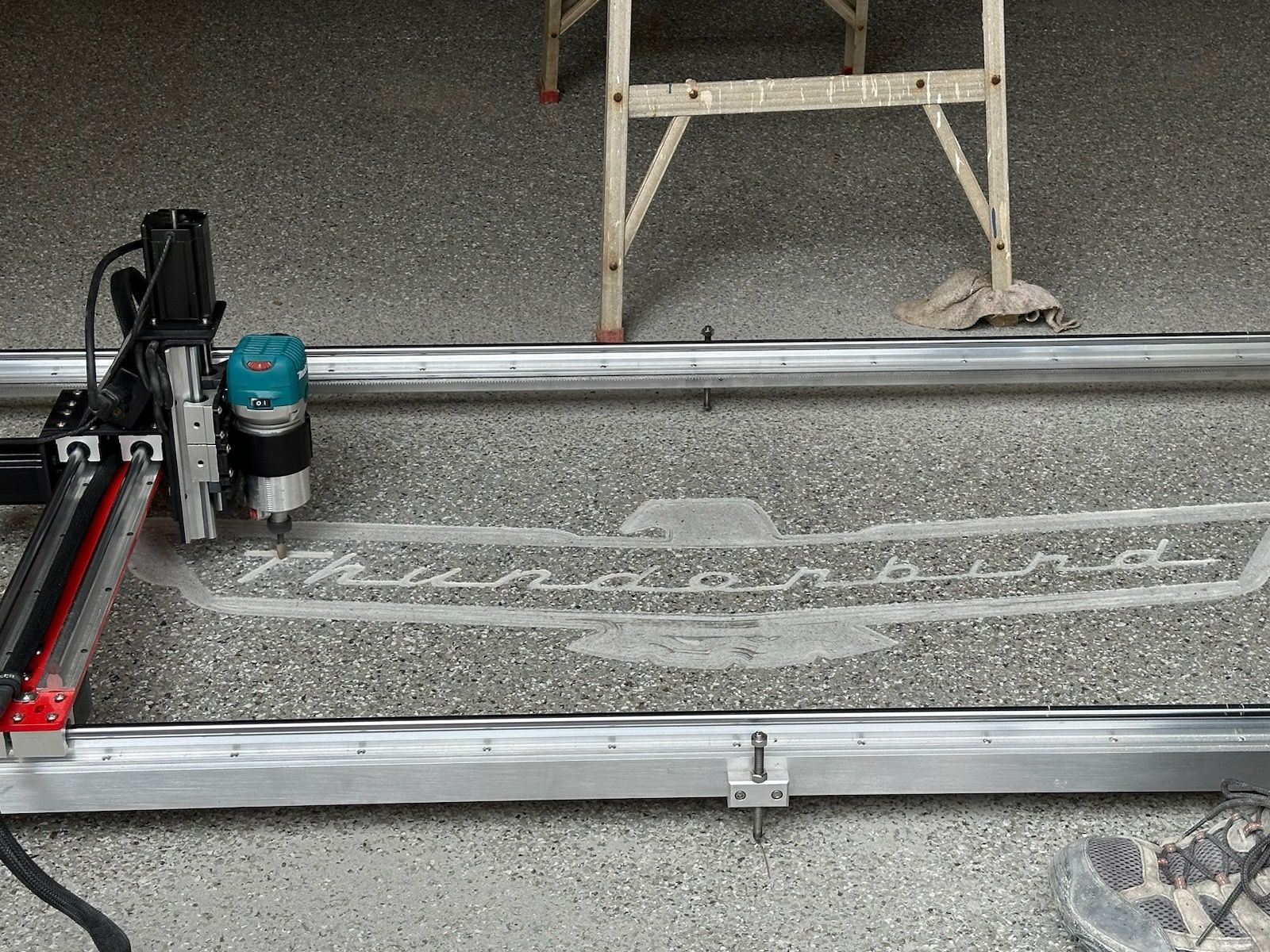
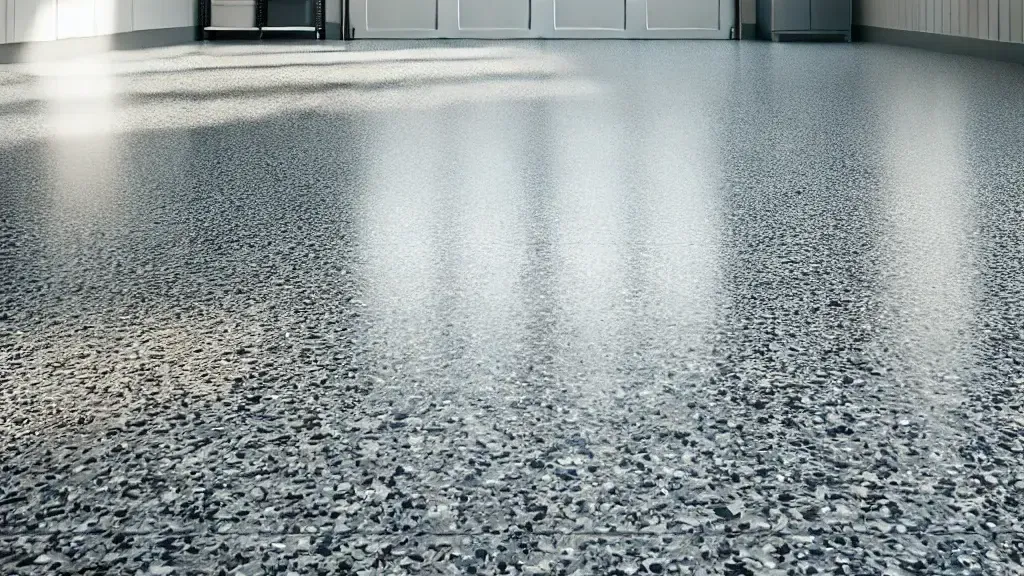
Want to learn more? Check out our BLOG
SERVICE AREA
- South Carolina
- Georgia
- Tennessee
- North Carolina
- Spartanburg, SC
- Upstate, SC
Blastek Concrete Designs | Design by: Quantum Hawk

